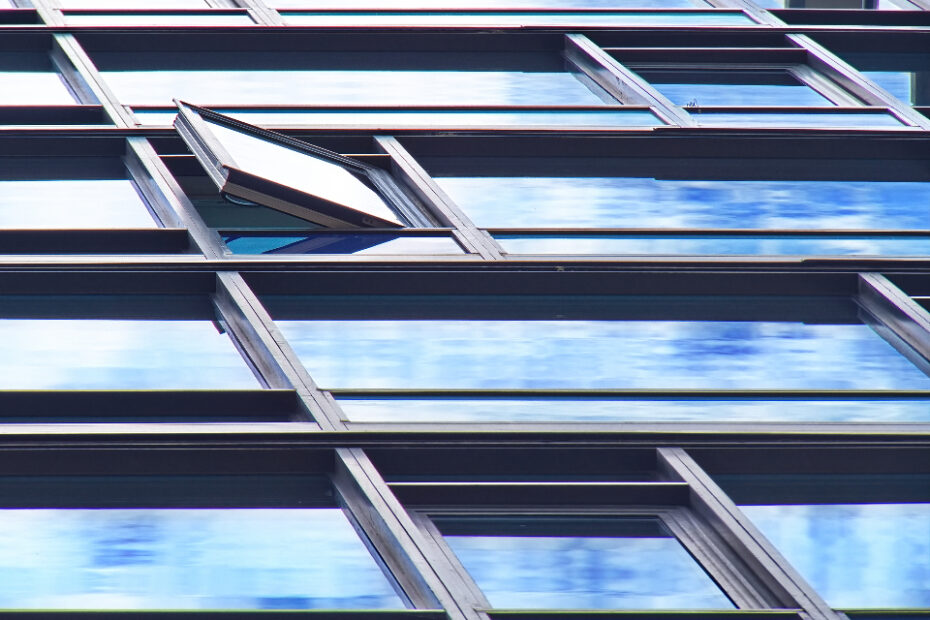Sustainability in building contributes to the well-being of people and communities in addition to the environment. Adopting the green initiative in the building business has numerous demonstrated advantages. Here are Six Major Advantages of Sustainable Building:
1. Encourages Healthy Living
Our environment has a big impact on our mental, emotional, and physical health. Sustainable architecture has been created by architects and builders during the past ten years, and it has had a significant impact on how people feel overall about green buildings. We can now expand and modernize commonplace equipment. Including lighting and power sources, thermal conditions, ergonomic features, and even air quality, thanks to the advancement of technology. People who live or work in sustainable buildings have noticed an improvement in their general well-being, stress levels, and quality of life.
2. decreases waste
Due to its increasingly obvious effects on our world, global warming has remained a persistent concern over the past few decades. There has never been more pollution or depletion of our natural resources. With our sustainable technical developments, we can still lessen or delay the impending effects of climate change. Even if we are practically past the point of no return. Construction companies have begun to rely on sustainable materials and techniques, which are good for us and support a cleaner environment.
3. stimulates the economy
In the United States, the construction sector is a well-known economic engine. According to the US Green Construction Council (USGBC), American workers get more than $134.3 billion in labor income from the green building sector. It is safe to say that the green construction initiative contributes to economic growth by increasing employment opportunities as a result of a rise in the demand for construction workers.
4. Encourages Cost Effectiveness
Minimizing maintenance costs due to precisely planned design elements that lower water and energy bills are one of the most important advantages of sustainable buildings. Lower maintenance and operational costs translate into significant savings that can be used for product development or greater personnel compensation.
Although the initial cost of construction may be more than for more conventional, non-renewable kinds of design, these effective plans can ultimately save businesses and building owners money.
5. Reduces the cost of materials
Eco-friendly materials are used in sustainable construction techniques without sacrificing quality or structural integrity. These materials are recycled and utilized again frequently.
Among these, biocomposites, which are frequently used in place of non-renewable building materials, have shown to be just as dependable and long-lasting.
Energy efficiency continues to be the top concern and objective for green architects when designing buildings. Buildings that draw their power from renewable sources. Such as the wind, sun, and water, are very good for the environment.
6. enables the reduction of carbon footprint
Large corporations are increasingly endorsing and implementing green projects. According to the Environmental Protection Agency (EPA), 30% of all greenhouse gas emissions in the US are from buildings. Property owners and major corporations have taken notice since enforcing sustainability offer a chance to improve the organization and society.
More INJ Architects:
RENEWABLE ENERGY IS USED TO HEAT AND COOL BUILDINGS AND ECOPACT CONCRETE
